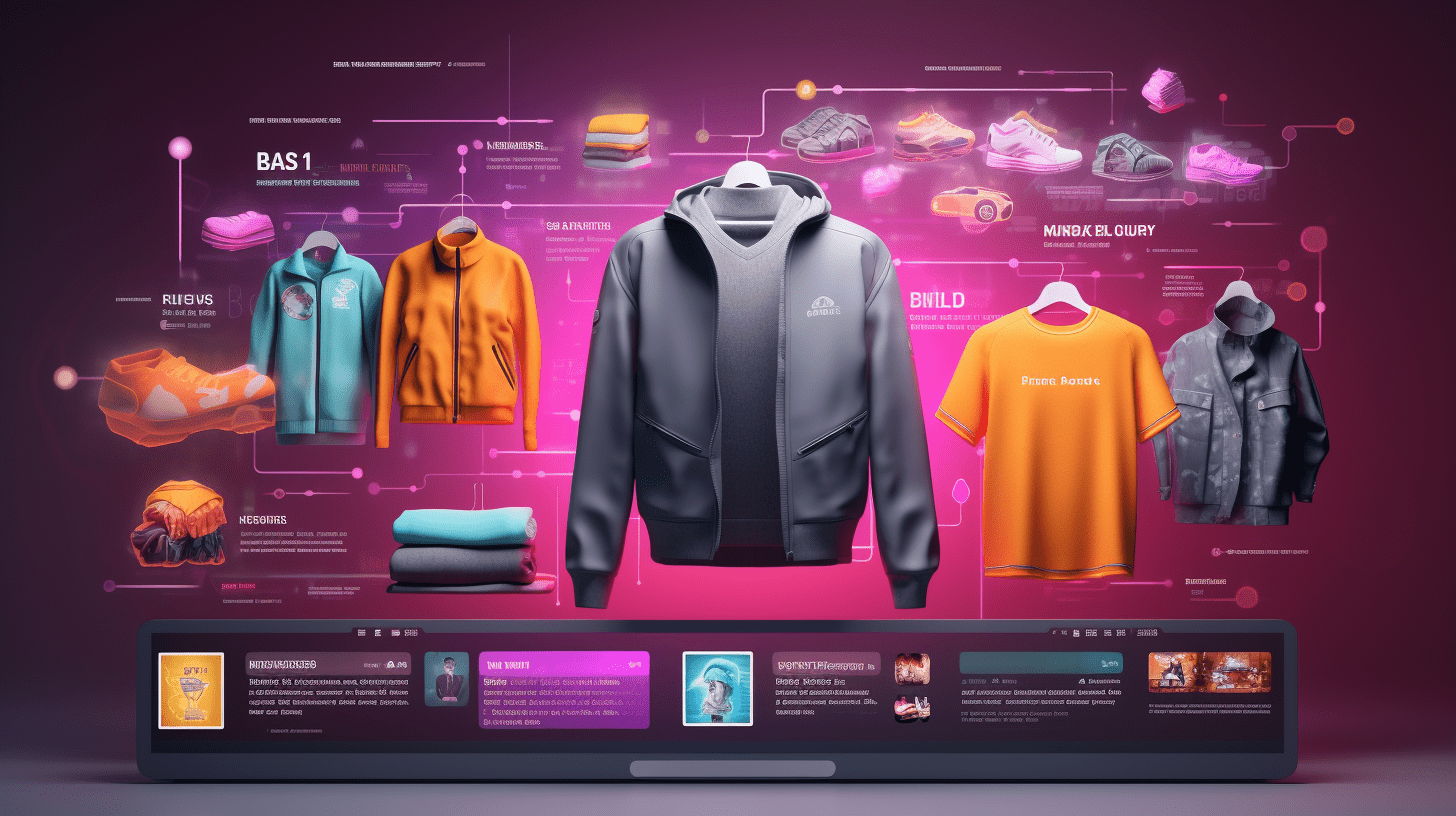In today’s digital age, capturing and retaining user attention is crucial for the success of your ecommerce business. This article explores the benefits and strategies of incorporating interactive elements into your ecommerce website to enhance user engagement and drive better results.
1. Captivating User Experience:
Interactive elements add an extra layer of engagement to your ecommerce website, capturing users’ attention and making their shopping experience more enjoyable. Features like quizzes or interactive product demonstrations can immerse users in a dynamic and interactive environment, encouraging them to explore and spend more time on your website. By providing an engaging user experience, you increase the chances of converting visitors into customers.
2. Personalization and Customization:
Interactive elements allow users to personalize their shopping experience and customize products according to their preferences. Features like configurators or interactive product builders enable users to customize product attributes, select options, and visualize the final result. This level of personalization creates a sense of ownership and helps users make informed purchase decisions. By offering interactive customization options, you enhance user satisfaction and increase the likelihood of completing a purchase.
3. Product Visualization:
Interactive elements play a vital role in showcasing products and enabling users to visualize them more effectively. Features like interactive product images or 360-degree views allow users to explore products from different angles, zoom in for details, and get a better understanding of their features and quality. By providing an interactive and immersive product visualization experience, you build trust, reduce purchase hesitation, and increase the likelihood of conversions.
4. Gamification and Rewards:
Incorporating gamification elements, such as interactive quizzes, games, or reward systems, adds an element of fun and excitement to the shopping experience. Gamification encourages users to actively participate, compete, and earn rewards or discounts. This interactive approach fosters a sense of enjoyment and encourages users to engage with your brand on a deeper level. By leveraging gamification elements, you can boost user engagement, brand loyalty, and repeat purchases.
5. Virtual Try-Ons and Augmented Reality:
Interactive elements like virtual try-ons or augmented reality experiences can significantly enhance the shopping experience for certain product categories, such as apparel, accessories, or cosmetics. By allowing users to virtually try on products or visualize them in real-world settings through their devices, you remove barriers to online purchases and increase confidence in product selection. This interactive feature helps users make more informed decisions, reducing the likelihood of returns and improving overall customer satisfaction.
6. User Feedback and Reviews:
Interactive elements can also be used to gather user feedback, ratings, and reviews. Incorporating interactive review systems or feedback forms encourages users to share their opinions and experiences, providing valuable social proof for other potential customers. User-generated content enhances trust and credibility, influencing purchase decisions and increasing conversions.
In conclusion, incorporating interactive elements into your ecommerce website can have a profound impact on user engagement and conversions. By providing a captivating user experience, personalization, product visualization, gamification, virtual try-ons, and opportunities for user feedback, you create a more interactive and immersive shopping environment. Embrace the power of interactive elements to elevate your ecommerce business and deliver memorable experiences to your customers.
